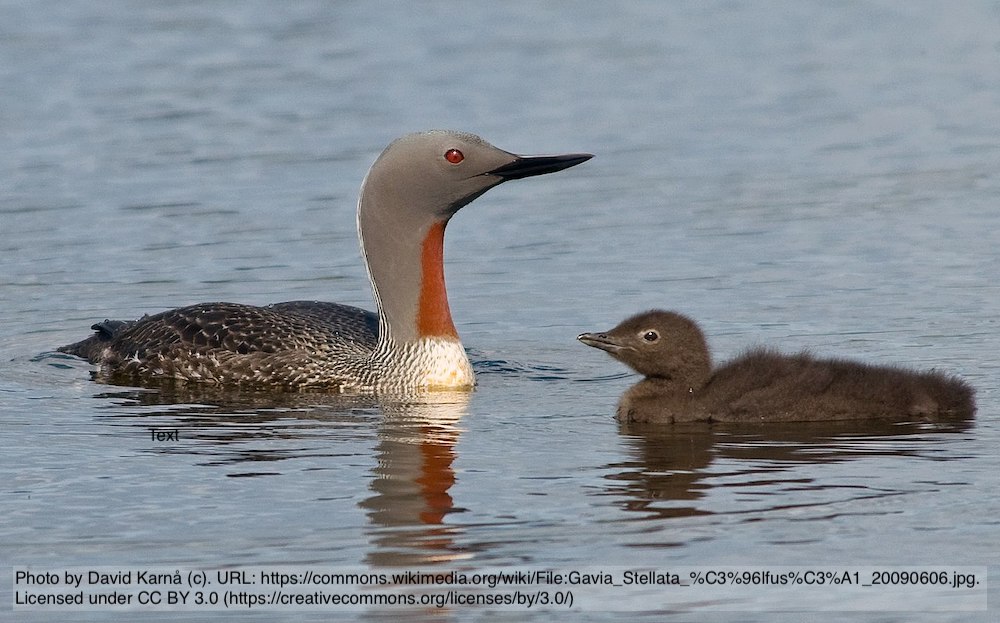Smålommens Gavia stellata häckningsframgång i artens svenska kärnområde
DOI:
https://doi.org/10.34080/os.v12.22452Nyckelord:
häckningsekologi, predation, ruvningAbstract
We investigated the breeding success of a Red-throated Diver Gavia stellata population of approximately 70 pairs during ten seasons, 1991–2000, in a 1820 km2 study area, dominated by coniferous forests and mires in Malung, Dalarna in Central Sweden. The majority of the pairs bred in tarns smaller than 1.0 ha and foraged in larger freshwater lakes or rivers up to a distance of 4.6 km. Average breeding success was 0.76 “large” chicks per pair and year, with a declining trend over the study period accompanied by a decline in the proportion of broods with two “large” chicks. Breeding success was higher in seasons with an average early start of incubation and could be related to higher hatching success and survival of chicks. Predation during incubation was probably an important reason for breeding failures, and abandoning or change of breeding tarns were related to breeding failures. The annual variation of the percentage of broods with two “large” chicks was synchronised between pairs foraging at different fishing lakes, which indicates the influence of some large-scale regional factors linked to the availability of food. Chick survival in two-chicks broods was significantly lower than in one-chick broods. The declining trend in breeding success is an incitement for future monitoring, and any link to impaired foraging conditions needs to be more closely addressed.
Nedladdningar

Downloads
Publicerad
Referera så här
Nummer
Sektion
Licens
Författaren/författarna innehar copyright för varje enskilt bidrag, men samtliga bidrag är publicerade under en Creative Commons-licens, så att vem som helst kan dela och återanvända bidraget förutsatt att copyright-innehavaren erkänns.







